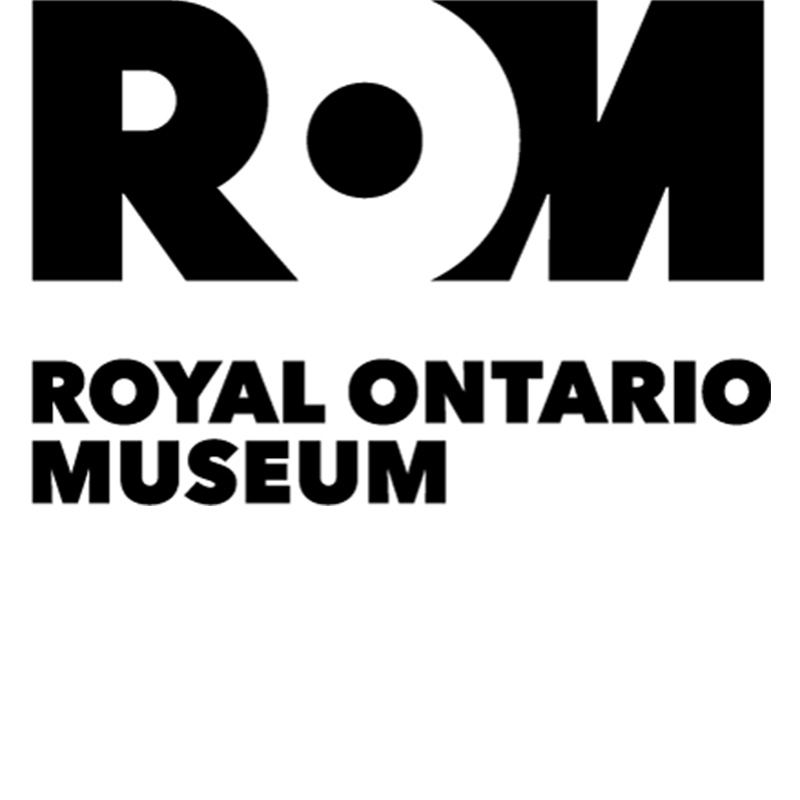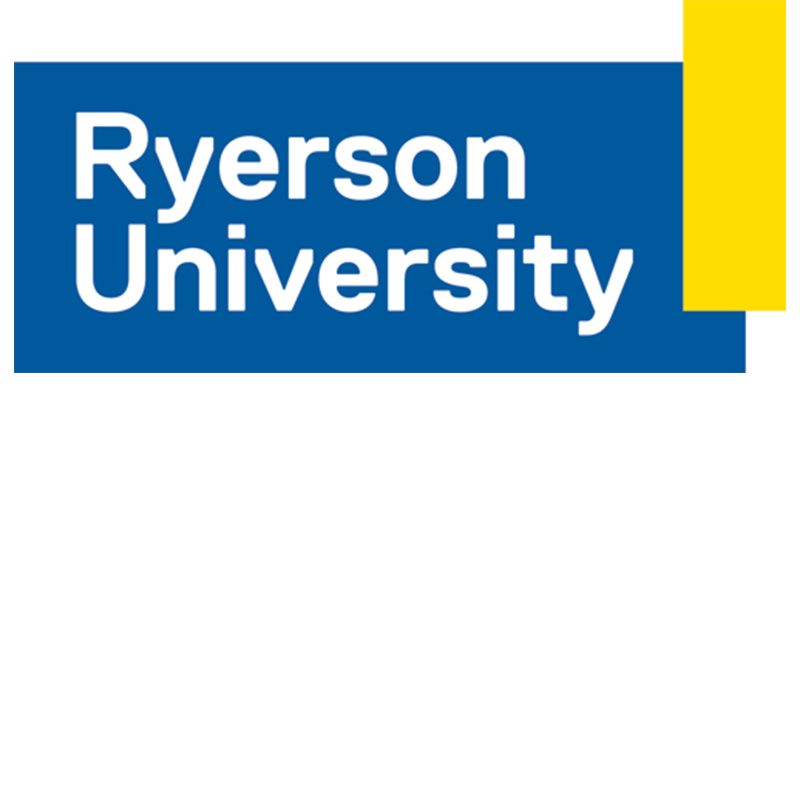FamCam Collaborator Post // "Diaspora in the Darkroom" by Lily Cho
/Diaspora in the Darkroom
by Lily Cho
Image: The Image Flow
Diasporas demand thinking about places of origin, of genealogies, and of ontology. In the conventional sense, they are communities of people who are connected by race, ethnicity, and religion even though have been scattered across disparate geographies. Where do they come from? And what are they? The answers are, as with anything interesting, at once obvious and maddeningly complex.
I have argued that diaspora is a condition of subjectivity. By this, I mean that it would be more productive to think about how diasporas emerge rather than to get too tangled up in what they are. As with so many useful ideas, the idea of diaspora can be many things for many people. I am less interested in locking down what it is or is not. But I am very interested in how diasporas come into the world – the conditions of their emergence.
These conditions are material. They are shaped and bound by objects. Family photographs are some of the most evocative manifestations of these connections. Clearly, the ways in which family photographs circulate, the passing along of albums or even one treasured snapshot, tell us so much about the workings of the “obscure miracles of connection” that binds those in diaspora. In staging connection as visual proximity, work such as John Clang’s "Being Together" offers a beautiful example of how photography produces profound ways of forging connections through photographic presence in the face of diasporic absence.
But diaspora is not an object with an easy ontology. And although family is the locus of diaspora, both family and diaspora demand an understanding of the difficulty of their ontologies.
I would like to propose another way to consider the materiality of the conditions of diaspora in relation to photography. It lies in a personal memory of the smell of photography. More precisely, the smell of the darkroom.
My father escaped imprisonment in China and, while waiting for a sister in Edmonton to find a way of out Hong Kong where he was hiding, he learned the art of darkroom and the technique of developing photographs. His godfather, a man who gave him shelter in Hong Kong, told him that he needed to learn a skill or a trade. Otherwise, godfather said, he would end up working in a Chinese restaurant. Of course, he did not escape that particular fate and could not have known that it would become the ground of my own emergence as a scholar. But, more importantly for this story now, he did learn to work all kinds of magic in the darkroom.
For most of my childhood, he spent evenings in my Uncle Wing’s basement darkroom. Uncle Wing owned the grocery store on 127th street and 121st avenue in Edmonton. While Wing’s Grocery looked like, and is remembered as, the typical corner store, there was also a complete professional photography studio behind the store. Uncle Wing specialized in weddings and family portraits. My father assisted with developing all the photographs. I am told he had a particular gift with colour processing.
We also had a darkroom in the basement of our house. The mystery and the magic of the darkroom stays with me most indelibly in my memory of the sharp acrid smell of the fixer and the stop bath.
I have dwelled here in my memory of the smell of the darkroom because photographs, like diasporas, do not emerge out of nowhere. But the somewheres of their emergence are complex and contradictory places. They are places of darkness and light, of images that will become unfixed without intervention, of art and accident.
The family camera needs the space of the darkroom in diaspora. But what unfolds there, the possibilities of this space of transit and transition, remains for us to imagine.








